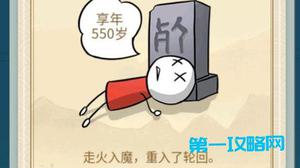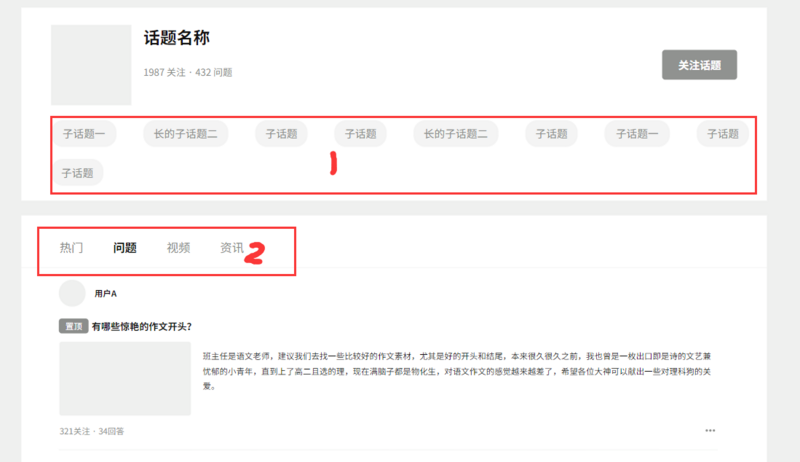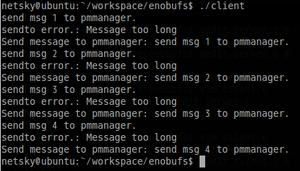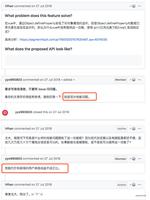Java读带有BOM的UTF-8文件乱码原因及解决方法

原因:
关于utf-8编码的txt文件,windows以记事本方式保存时会在第一行最开始处自动加入bom格式的相关信息,大概三个字节!
所以java在读取此类文件时第一行时会多出三个不相关的字节,这样对正常的程序产生了不良影响!
解决方法:
网上有如下解决方法确实可行
1.使用UltraEdit将上边的txt文件另存为UTF-8无BOM格式;
2.使用Notepad++打开上边的txt文件执行如下操作“格式-->以UTF-8无BOM格式编码”,修改后将txt文本进行保存
不足之处:
但是这样也有不足,这样对文件生产者提出了很高的要求,万一这样的文件是很多人生产的,那就势必会产生各种各样的问题,这归根到底是jdk的一个bug.
有没有什么办法能够一劳永逸呢,答案是有的,咱们程序里控制,来跟着我一起做!
终极解决方案:
(1)在工程中增加JDK提供的一个工具类:
public class UnicodeInputStream extends InputStream {
PushbackInputStream internalIn;
boolean isInited = false;
String defaultEnc;
String encoding;
private static final int BOM_SIZE = 4;
public UnicodeInputStream(InputStream in, String defaultEnc) {
internalIn = new PushbackInputStream(in, BOM_SIZE);
this.defaultEnc = defaultEnc;
}
public String getDefaultEncoding() {
return defaultEnc;
}
public String getEncoding() {
if (!isInited) {
try {
init();
} catch (IOException ex) {
IllegalStateException ise = new IllegalStateException("Init method failed.");
ise.initCause(ise);
throw ise;
}
}
return encoding;
}
/**
* Read-ahead four bytes and check for BOM marks. Extra bytes are
* unread back to the stream, only BOM bytes are skipped.
*/
protected void init() throws IOException {
if (isInited) return;
byte bom[] = new byte[BOM_SIZE];
int n, unread;
n = internalIn.read(bom, 0, bom.length);
if ( (bom[0] == (byte)0x00) && (bom[1] == (byte)0x00) &&
(bom[2] == (byte)0xFE) && (bom[3] == (byte)0xFF) ) {
encoding = "UTF-32BE";
unread = n - 4;
} else if ( (bom[0] == (byte)0xFF) && (bom[1] == (byte)0xFE) &&
(bom[2] == (byte)0x00) && (bom[3] == (byte)0x00) ) {
encoding = "UTF-32LE";
unread = n - 4;
} else if ( (bom[0] == (byte)0xEF) && (bom[1] == (byte)0xBB) &&
(bom[2] == (byte)0xBF) ) {
encoding = "UTF-8";
unread = n - 3;
} else if ( (bom[0] == (byte)0xFE) && (bom[1] == (byte)0xFF) ) {
encoding = "UTF-16BE";
unread = n - 2;
} else if ( (bom[0] == (byte)0xFF) && (bom[1] == (byte)0xFE) ) {
encoding = "UTF-16LE";
unread = n - 2;
} else {
// Unicode BOM mark not found, unread all bytes
encoding = defaultEnc;
unread = n;
}
//System.out.println("read=" + n + ", unread=" + unread);
if (unread > 0) internalIn.unread(bom, (n - unread), unread);
isInited = true;
}
public void close() throws IOException {
//init();
isInited = true;
internalIn.close();
}
public int read() throws IOException {
//init();
isInited = true;
return internalIn.read();
}
}
(2)读取时使用如下代码: //因为我这边是服务器上的远程文件,如果是本地文件使用File类
URL url = new URL("http://****/***/test.txt");
// File f = new File("test.txt");
String enc = null; // or NULL to use systemdefault
UnicodeInputStream uin = new UnicodeInputStream(url.openStream(),enc); //如果是本地将url.openStream -> new FileInputStream(f)
enc = uin.getEncoding(); // check and skip possible BOM bytes
InputStreamReader in;
if (enc == null){
in = new InputStreamReader(uin);
}else {
in = new InputStreamReader(uin, enc);
}
BufferedReader reader = new BufferedReader(in);
//BufferedReader reader = new BufferedReader(new InputStreamReader(new FileInputStream("D:/tags.txt"),"utf-8"));
String tmp =reader.readLine();
这样读取的结果就是正常的了,有什么问题还可以留言!
以上是 Java读带有BOM的UTF-8文件乱码原因及解决方法 的全部内容, 来源链接: utcz.com/z/392093.html









